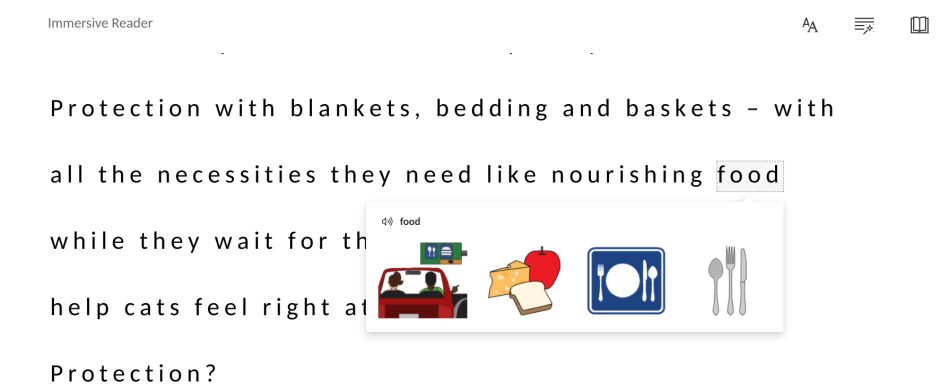The final Made by Dyslexia training module. I foresee less to follow up upon in the module. However, after wider research, I engaged with this final module cautious of any reporting bias towards the unsupported narrative that “dyslexic thinking.”
Before sharing the Made by Dyslexia recommendations, I am now more aware that dyslexia often occurs with other learning and behavioural disorders. Dyslexia may co-occur with problems in language or speech, attention (Attention Deficit Hyperactivity Disorder), math calculation (Dyscalculia) and the motor skills necessary for writing (Dysgraphia). When more than one developmental disorder occurs in the same child, the conditions are said to be
comorbid.
Dyslexia is a dimensional disorder, however, with no clear cut-off from poor reading.
Snowling, et al., (2020: 508)
Memory, organisation, and concentration
“Imagineers” – a positive phrase. However there is a need to support dyslexic learners with their organisation. There is a recommendation to provide “clear, consistent, and structured systems.”
I would suggest that this advice would appear universal.
Executive functioning and the ability to stay attentive, organised, and on task (self-regulating one’s on behaviour) is reported as an area for support for dyslexic learners (though not all dyslexic learners). The importance of routines, order and organisation are emphasised.
The classroom space is discussed under the banner of student centered classrooms, types of chair, desk layout, in/out of the class, linking to movement and concentration. Movement is positioned as a way to reset the ability to concentrate and therefore, better attend to learning.
The Made By Dyslexia recommendation requires further investigation.
“Math”
The point here is that “Math” is language in of itself and therefore key vocabulary requires explicit instruction particularly eg homophones – sum, and words like difference. There is a signpost back to morphology.
There is a challenge to “rote memorisation” in preference for “multisensory instruction,” and making connections between concepts and provide opportunities to connect context to application.
Maths instruction is compared to phonics instruction – multisensory, repeated, meaningful, and intentional practice.
Again, I note that there is only limited empirical support for multisensory teaching strategies.
Technology
There is a broad commitment to technology, Immersive Reader available in Microsoft products (not forgetting that there are simple web browser extensions too), accessibility features and paragraph, line and word focus, Picture Dictionary and translate, and speech to text, general editing tools, modelling, mapping, inking and more.

Here is a signpost to Reading Progress and Reading Coach. Built into Microsoft Teams platform it is designed to support and track reading fluency. Also worth exploring in Office 365 – Accessibility Checker.
Reflections
I have always respected the breadth of knowledge my SENDCO colleagues hold and yet I was exhausted by this edventure.
I now have a broader understanding of dyslexia however I also appreciate the importance of early identification and screening, and then the scope and demands of supporting and monitoring learners with language learning impairments – within the global remit of teaching.
With the gradual transition towards higher textual transmission for teaching, especially following the transition to Secondary school, how do we support all learners?
Conclusion
The term dyslexia can be properly used to describe children who experience problems learning to read and write; often when a basic level of reading and spelling ability is established, there are persisting problems with reading fluency.
- Dyslexia is a ‘dimensional disorder,’ leading to a language learning impairment
- It is neurological in origin (dyslexia often runs in families), typically a deficit in the phonological component of language
- Dyslexia often occurs with other learning and behavioural disorders and is more likely to be identified when more than one deficit is present
- The status of the language system at school entry is a critical indicator. These ‘symptoms’ change and evolve with development.
- Dyslexia occurs throughout the range of cognitive and intellectual abilities. Decoding and intelligence are not related
- A person with dyslexia can overcome the most limiting aspects of the problem – with appropriate instruction – and learn to read.
It is important to note, that as I read more widely, I began to understand, that there is much more to dyslexia that merely “problems learning to read and write.”



